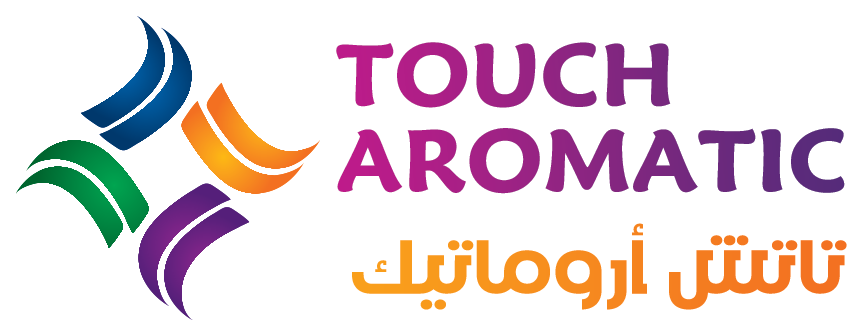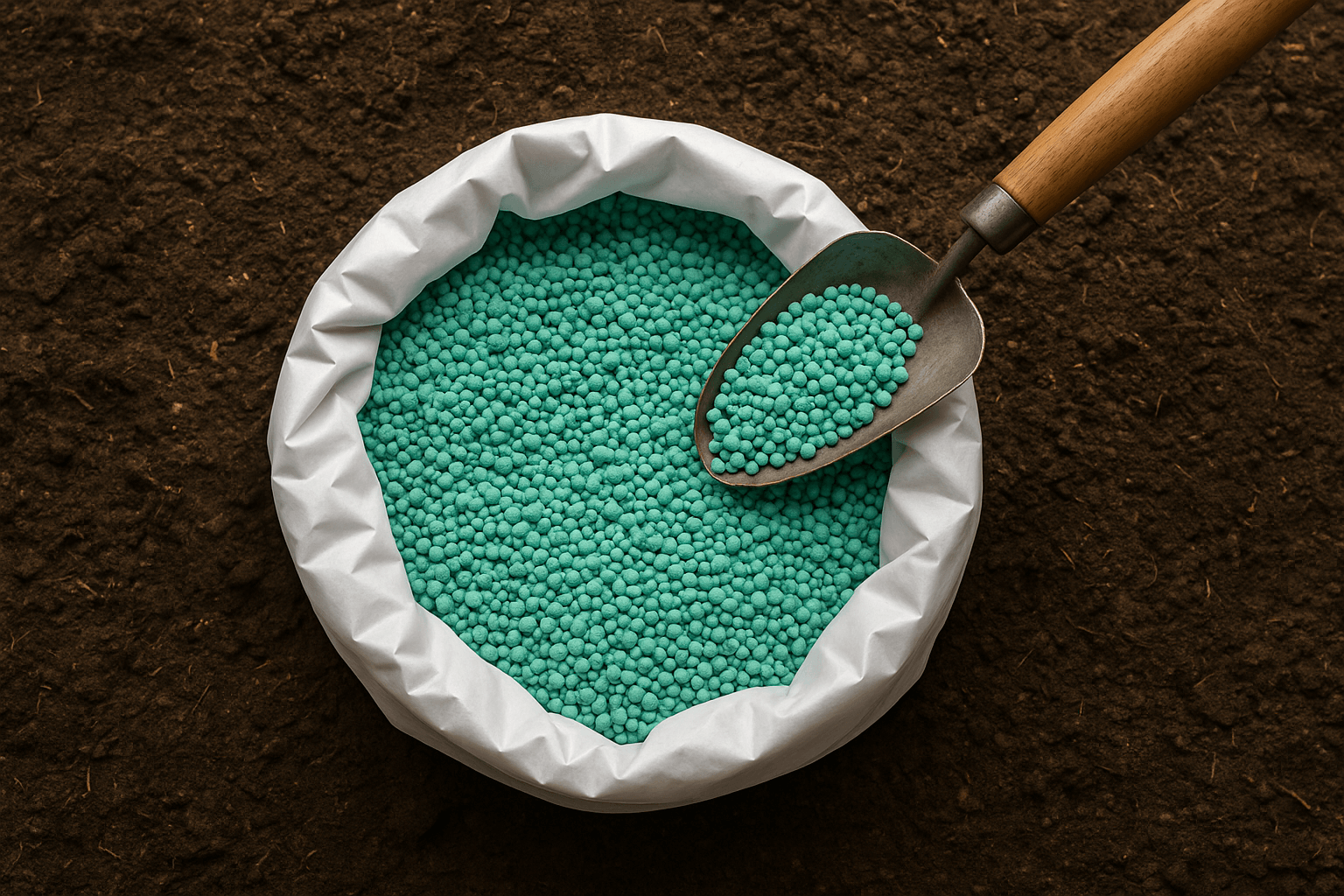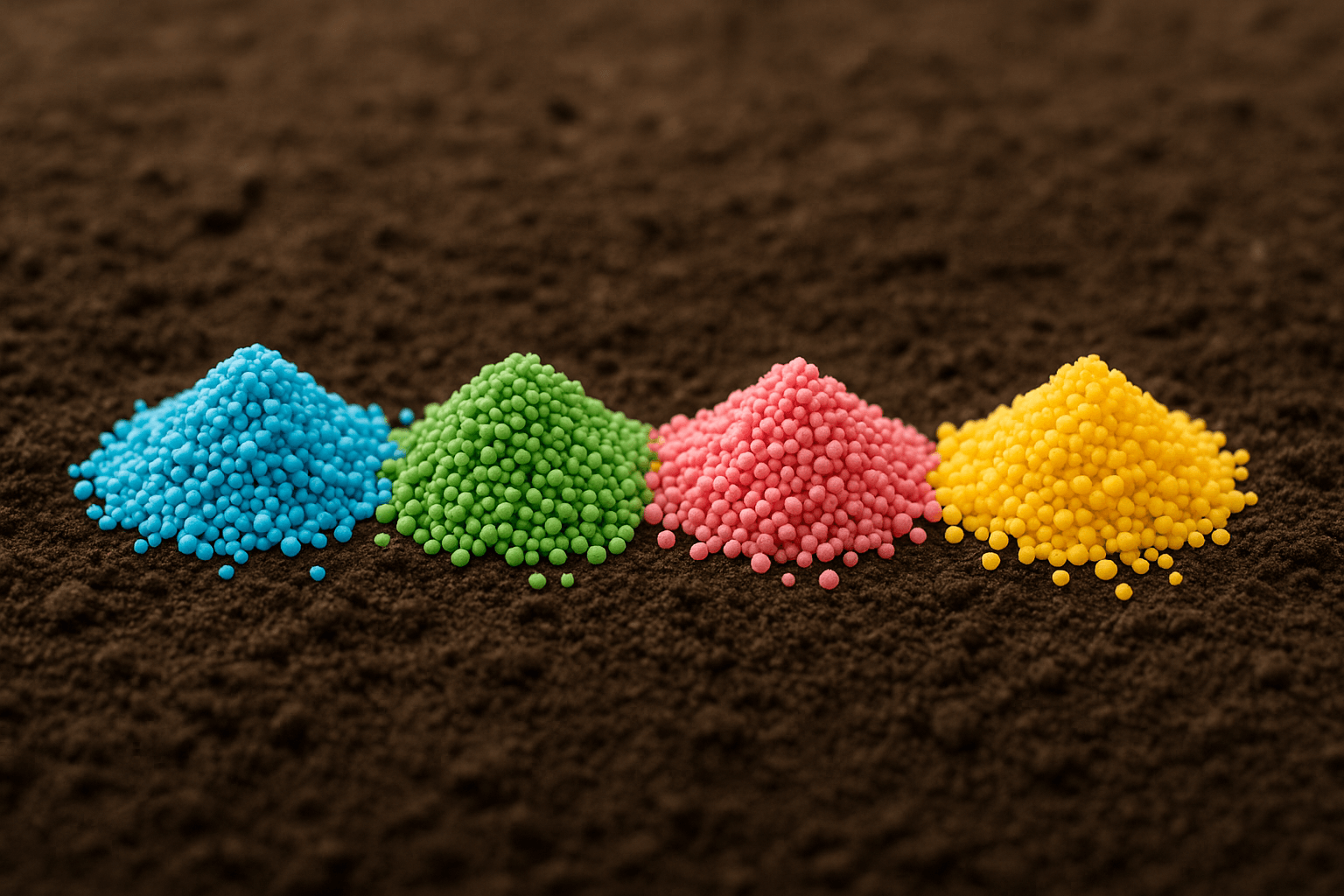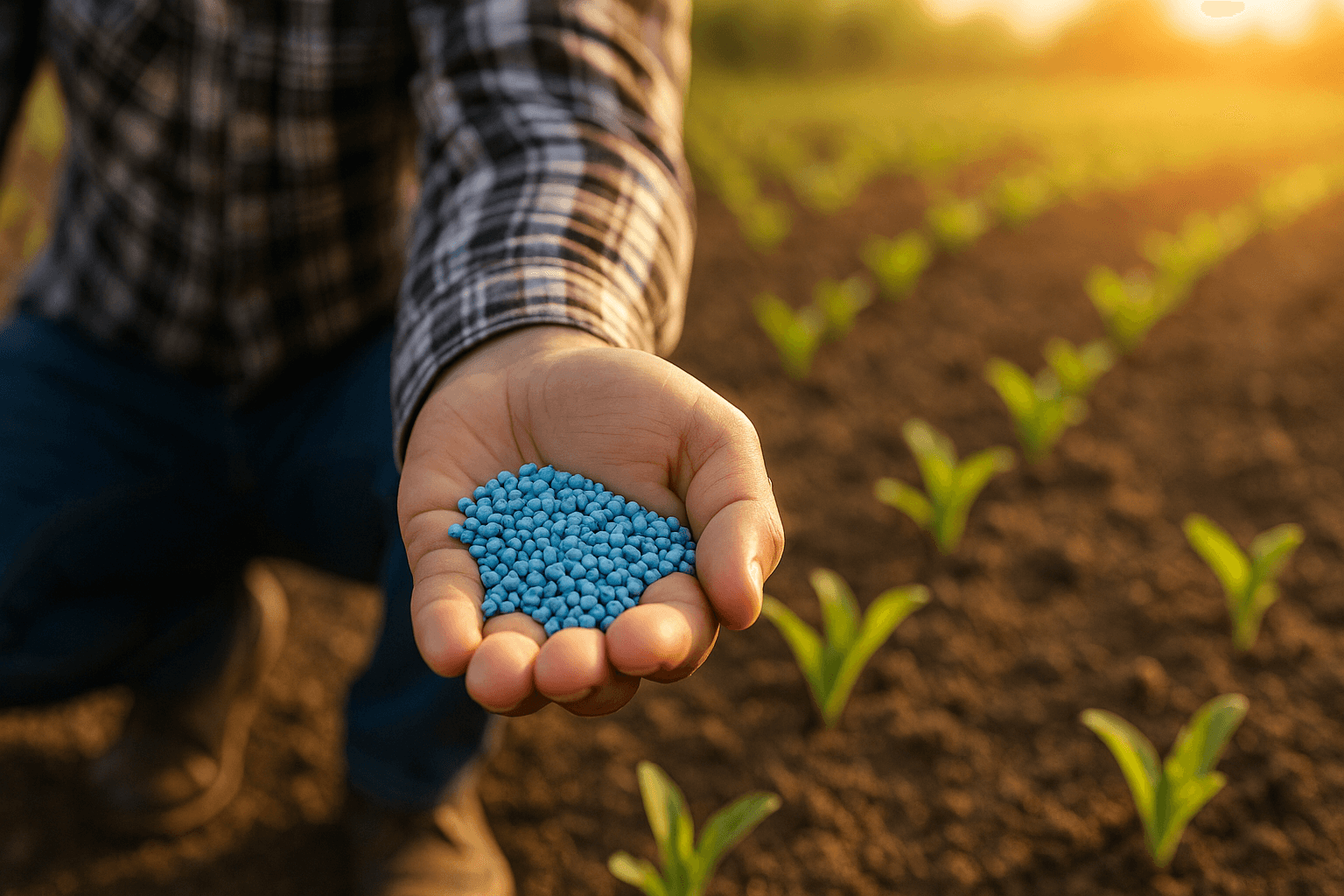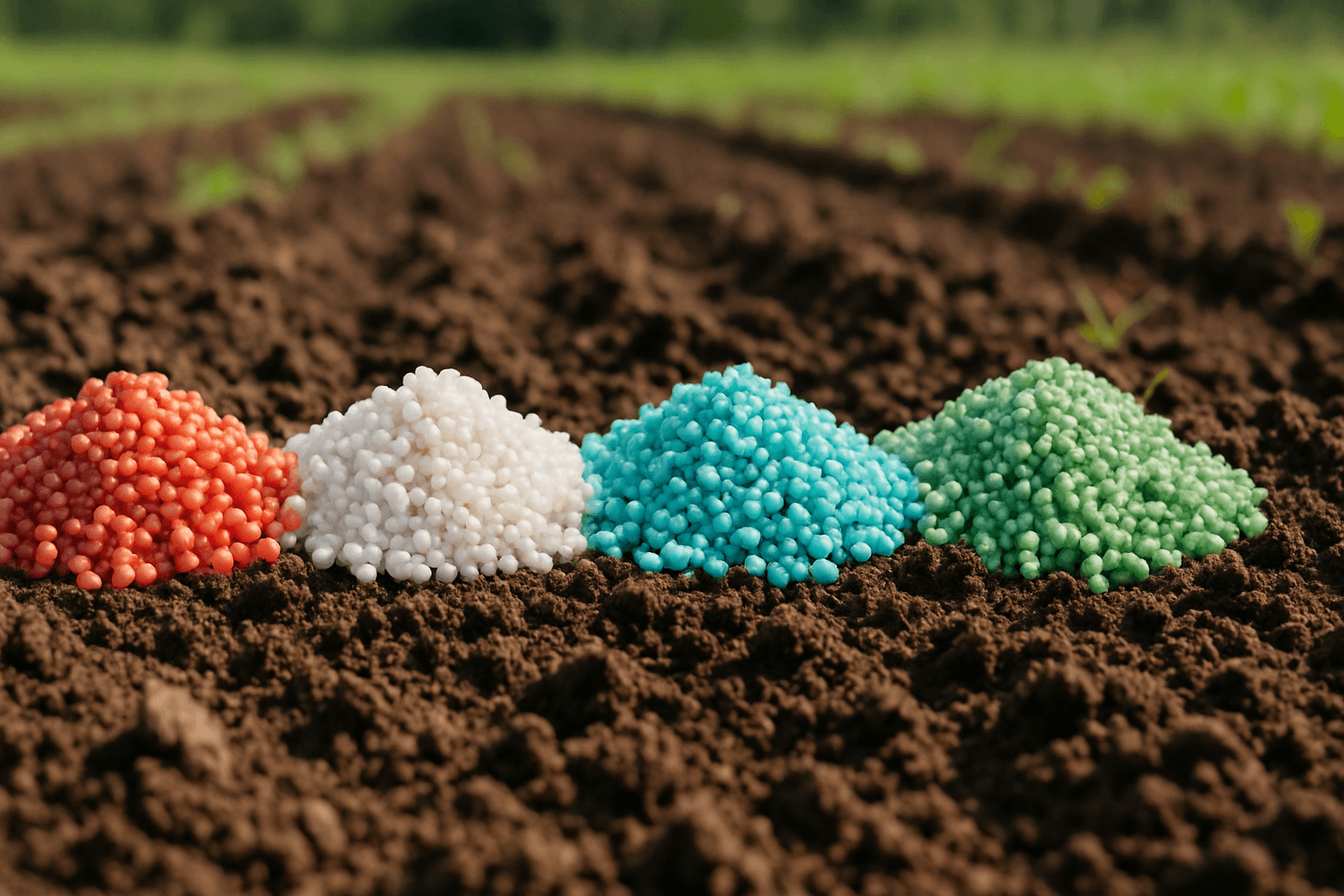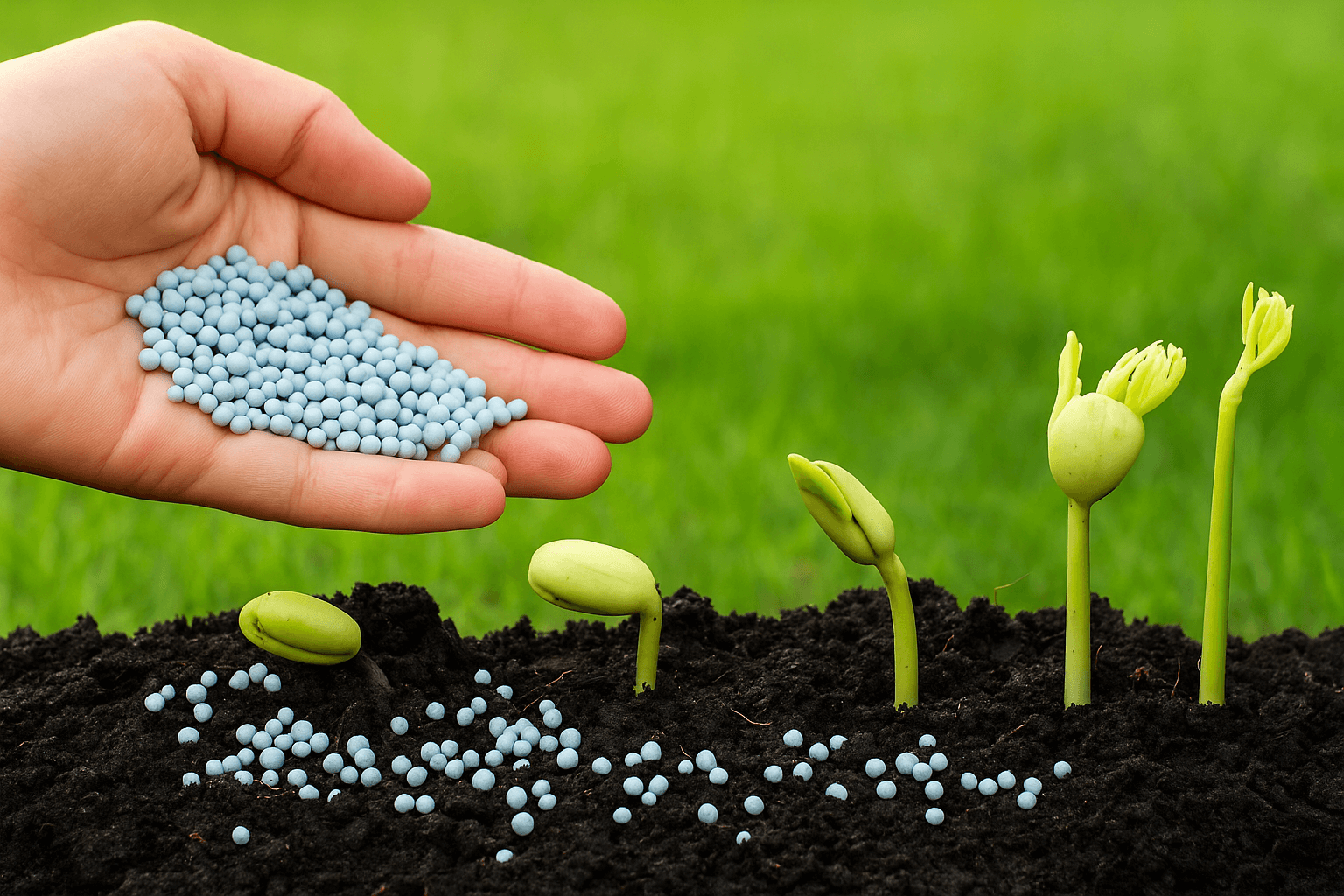In modern agriculture, the focus is no longer solely on the nutritional content of fertilizers. The visual appearance of the product now plays a crucial role in how its quality is perceived. This is where fertilizer color enhancers come into play. They help improve the final look of the fertilizer, making it easier to differentiate between types and increasing customer confidence. The use of artificial colors is no longer just an aesthetic choice; it's now an integral part of both manufacturing and marketing strategies—especially in a highly competitive market.
What Are Color Enhancers in Fertilizer Manufacturing?
Fertilizer color enhancers are additives included during the manufacturing process to color fertilizers and give them a uniform, appealing appearance. These substances do not alter the chemical composition or nutritional value of the fertilizer; rather, they are used solely to improve the visual appeal and to distinguish the product in the market.
These enhancers include various types of synthetic dyes and coloring agents that exhibit high color stability and resistance to environmental conditions like moisture and heat. They also add a distinctive look to fertilizers, whether organic or chemical, making them easier to identify during handling and usage.
In some cases, colored chemical compounds are used that bind with the fertilizer’s components to create a uniform color, which helps streamline sorting and distribution operations in factories or retail stores.
Types of Artificial Colors Commonly Used in the Fertilizer Industry
There are various fertilizer color enhancers available in agricultural markets, and their usage depends on the type of fertilizer and the purpose of coloring. Among the most commonly used colors are:
1. Aqua Blue and Turquoise
Widely used in fertilizers containing elements like copper or zinc, these colors convey a sense of purity and help distinguish the product from others.
2. Dark Green
Often used for organic fertilizers or those rich in nitrogen, this color gives a natural feel and enhances the visual impact for end-users.
3. Orange and Red
These synthetic dyes are applied to highlight high-performance or specialized fertilizers. They are highly effective in attracting customers in exhibitions and retail displays.
4. White and Light Gray
Common in powder-based fertilizers where a clean, consistent appearance is preferred. These colors are also ideal for packaging fertilizers intended for export.
All colors are carefully selected based on color uniformity, stability, and compatibility with the fertilizer’s formulation, ensuring no adverse reactions with the core components.
Moreover, compliance with safety and environmental standards is a key factor, especially when producing eco-friendly colors for organic or export-oriented products.
The Role of Color Enhancers in Improving Product Quality
Although fertilizer color enhancers do not directly influence the nutritional value of fertilizers, they play a significant role in enhancing product quality visually and commercially. A consistent color provides a strong impression of quality and professionalism, especially in markets where visual cues drive initial judgment.
1. Differentiation Between Types
When multiple fertilizer types are produced or stored in one facility, distinct colors make sorting and classification easier, especially for compound fertilizers with diverse applications.
2. Building Customer Trust
Products that look uniform and attractive project consistency and reliability, increasing the likelihood of repeat purchases and customer loyalty.
3. Reducing Usage Errors
Certain color additives are used to differentiate between fertilizers meant for irrigation versus those for spraying, helping reduce mistakes—particularly in large farms or manufacturing plants.
4. Enhancing Final Packaging Appearance
A visually appealing fertilizer enhances the look of its packaging and boosts shelf presence, becoming a key element in drawing customer attention, especially in competitive markets.
A strong, stable color often signals that the product has been formulated and tested under strict conditions, reflecting the company’s commitment to industrial quality and product integrity.
Criteria for Selecting the Right Color for Each Fertilizer Type
Choosing a fertilizer color is not arbitrary; it's based on several technical and marketing factors that ensure the effective use of fertilizer color enhancers and maximize their benefits.
1. Chemical Composition of the Fertilizer
Certain colored compounds may react with nutrients like nitrogen or phosphorus, so it's essential to choose a color that remains stable and inert in the final product.
2. Type of Agricultural Application
Different types of fertilizers—such as foliar, soil-applied, or drip-irrigated—require suitable artificial colors. For example, light colors work best for fast-dissolving fertilizers, while darker colors are ideal for slow-release types.
3. Product Differentiation
When producing multiple product lines, color becomes crucial in helping distinguish the product, minimizing confusion during packing or use and streamlining logistics.
4. Marketing Appeal
Colors have a major role in attracting customers, especially in visual-driven markets. Colors are often selected based on customer preferences in the target region, guided by market research.
5. Environmental Compliance
The use of fertilizer color enhancers must meet safety and environmental regulations, especially for export markets. That’s why eco-friendly and non-toxic dyes are often preferred.
In short, the color of fertilizer says a lot about its manufacturing quality, and a product’s market success depends in part on how well its appearance matches its purpose and audience expectations.
Risks of Overusing Artificial Colors
Although fertilizer color enhancers are typically used in very small amounts, excessive application can lead to negative effects on both product quality and the environment. Therefore, it’s crucial to use these substances according to recommended doses and safety standards.
1. Impact on Chemical Composition
Overuse of certain coloring agents may cause unwanted reactions with key fertilizer nutrients, potentially affecting color stability and even the fertilizer’s effectiveness.
2. Environmental Harm
Some types of synthetic dyes, if not eco-friendly or agriculturally approved, can leave harmful residues in soil or groundwater, impacting beneficial microorganisms and soil health.
3. Distorted Appearance
Instead of enhancing appearance, excessive coloring may result in an inconsistent or unpleasant color, which undermines the visual impact and market appeal of the product.
4. Export Restrictions
Global markets impose strict regulations on additives in agricultural products. Overuse of fertilizer color enhancers could lead to rejected shipments, particularly if non-approved substances are detected.
5. Increased Costs Without Real Benefit
Adding too much color additive doesn’t necessarily improve quality and may result in unnecessary production costs without a corresponding return on investment.
For these reasons, it’s always advised to source from reliable suppliers and follow the exact dosage instructions to maintain the right balance between quality and safety.
Best Practices for Using Fertilizer Color Enhancers
To ensure optimal results when using fertilizer color enhancers, it's important to follow a set of technical and procedural guidelines that maintain product quality and minimize potential risks.
1. Selecting the Right Type for Each Formula
The coloring agent must be compatible with the chemical formulation of the fertilizer. Each type may require different colored compounds to ensure color stability and prevent unwanted reactions.
2. Accurate Dosage Control
It is recommended to use color additives at a ratio between 0.1% and 1% of the total product weight, depending on the strength and type of color. A small trial batch should be tested before full-scale production.
3. Ensuring Proper Mixing
To achieve consistent color uniformity, coloring should be added during the mixing phase using high-quality blending equipment to evenly distribute the color throughout the batch.
4. Relying on Trusted Suppliers
Choosing a reliable supplier for fertilizer color enhancers is essential. The materials should be agriculturally approved and manufactured under certified environmental standards.
5. Recording Color Usage Details
For traceability and quality control, every color additive used should be documented—including type, quantity, and date—especially in large-scale operations or export-oriented products.
6. Regular Quality Testing
It’s advised to regularly inspect the final product to monitor color stability over time and assess how the color performs after packaging and storage.
Following these practices not only improves the fertilizer's appearance but also builds customer trust and reduces the chances of product returns due to color inconsistencies or poor visual appeal.
The Future of Artificial Colors in Fertilizer Manufacturing
As the fertilizer industry continues to evolve with a focus on innovation and marketing, fertilizer color enhancers are expected to play a growing role—not only in aesthetics but also in branding and product differentiation.
1. Expansion of Natural Color Use
Many companies are shifting toward eco-friendly colors derived from natural sources, especially in organic fertilizers. This trend boosts consumer trust, particularly in environmentally sensitive markets.
2. Improved Coloring Technologies
With advancements in production techniques, achieving precise color uniformity will become easier. More high-performance and durable coloring agents will be available to withstand various storage and transportation conditions.
3. Integration into Brand Identity
Color will increasingly be used strategically as part of the product's branding, helping distinguish lines of fertilizers across multiple applications—similar to practices in food and pharmaceutical industries.
4. Color as an Indicator of Fertilizer Function
In the near future, we may see colors linked directly to product function—blue for water-based use, green for organics—helping farmers make faster and more informed decisions.
5. Stricter Environmental Standards
With global awareness rising, regulatory bodies are likely to impose tighter restrictions on the types of fertilizer color enhancers allowed. This will push the industry to innovate in developing safe synthetic dyes.
In conclusion, color has become more than just a cosmetic feature—it’s now a strategic component that enhances competitiveness, reflects manufacturing standards, and supports sustainability goals.
